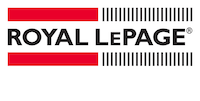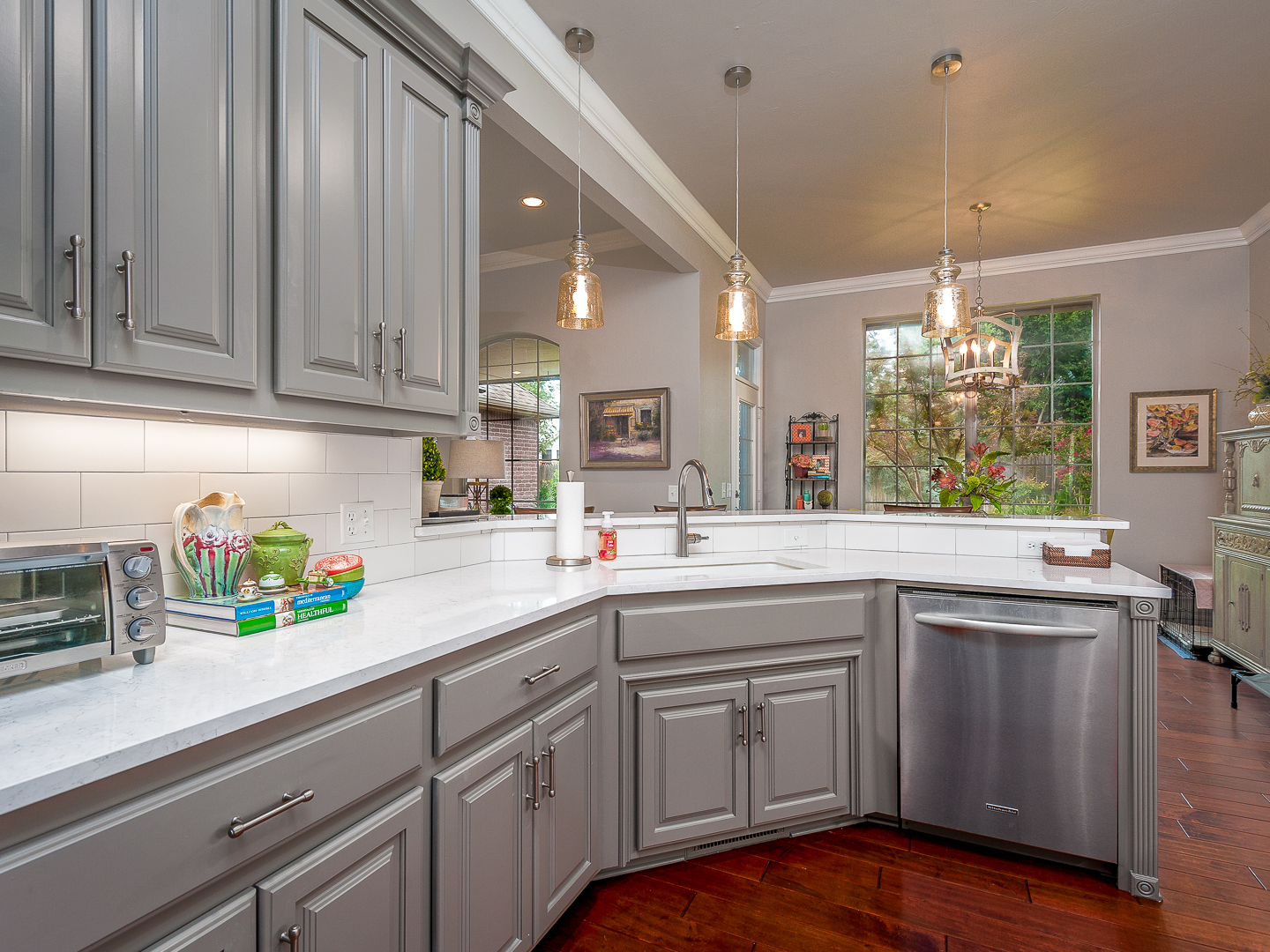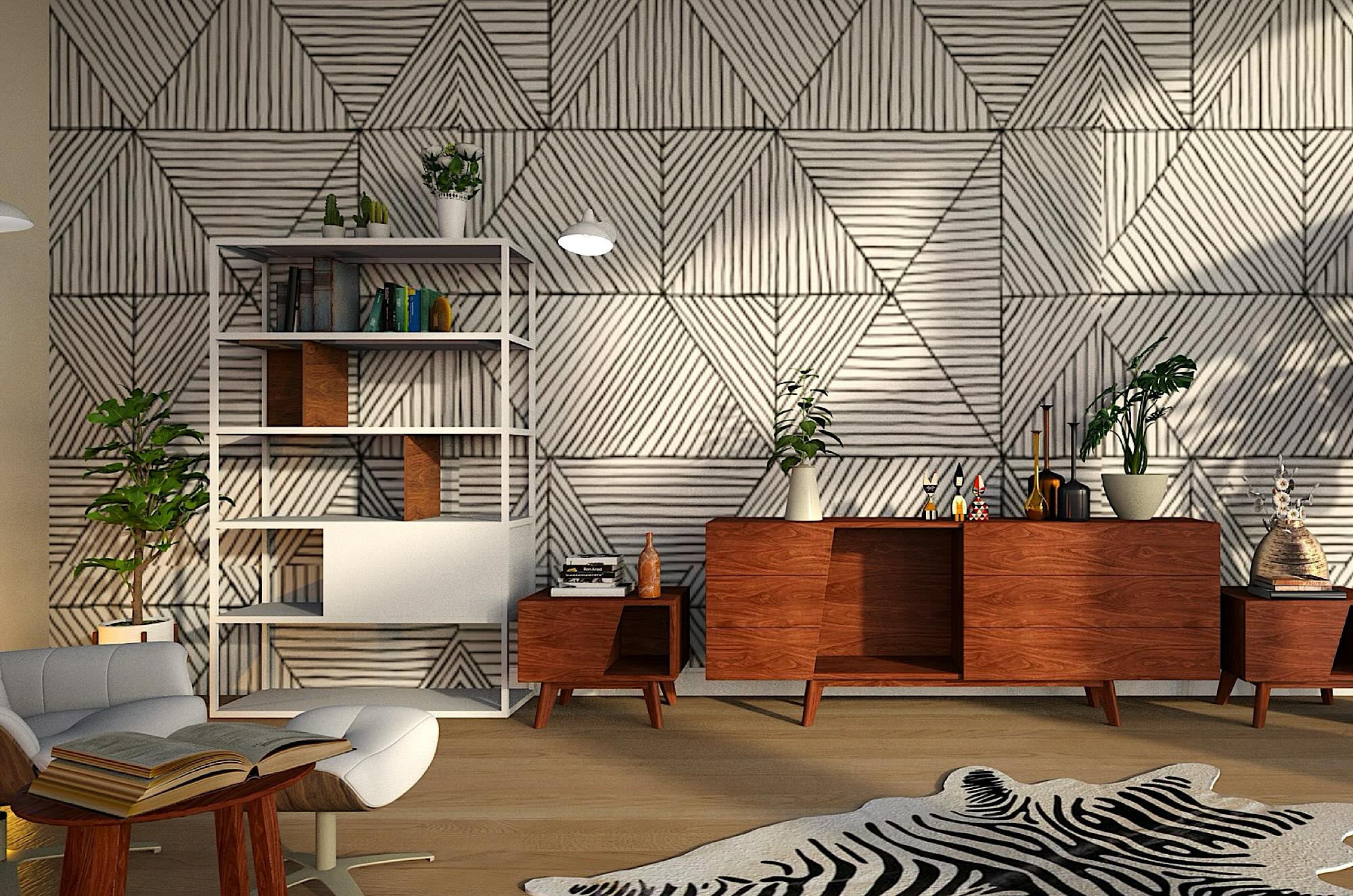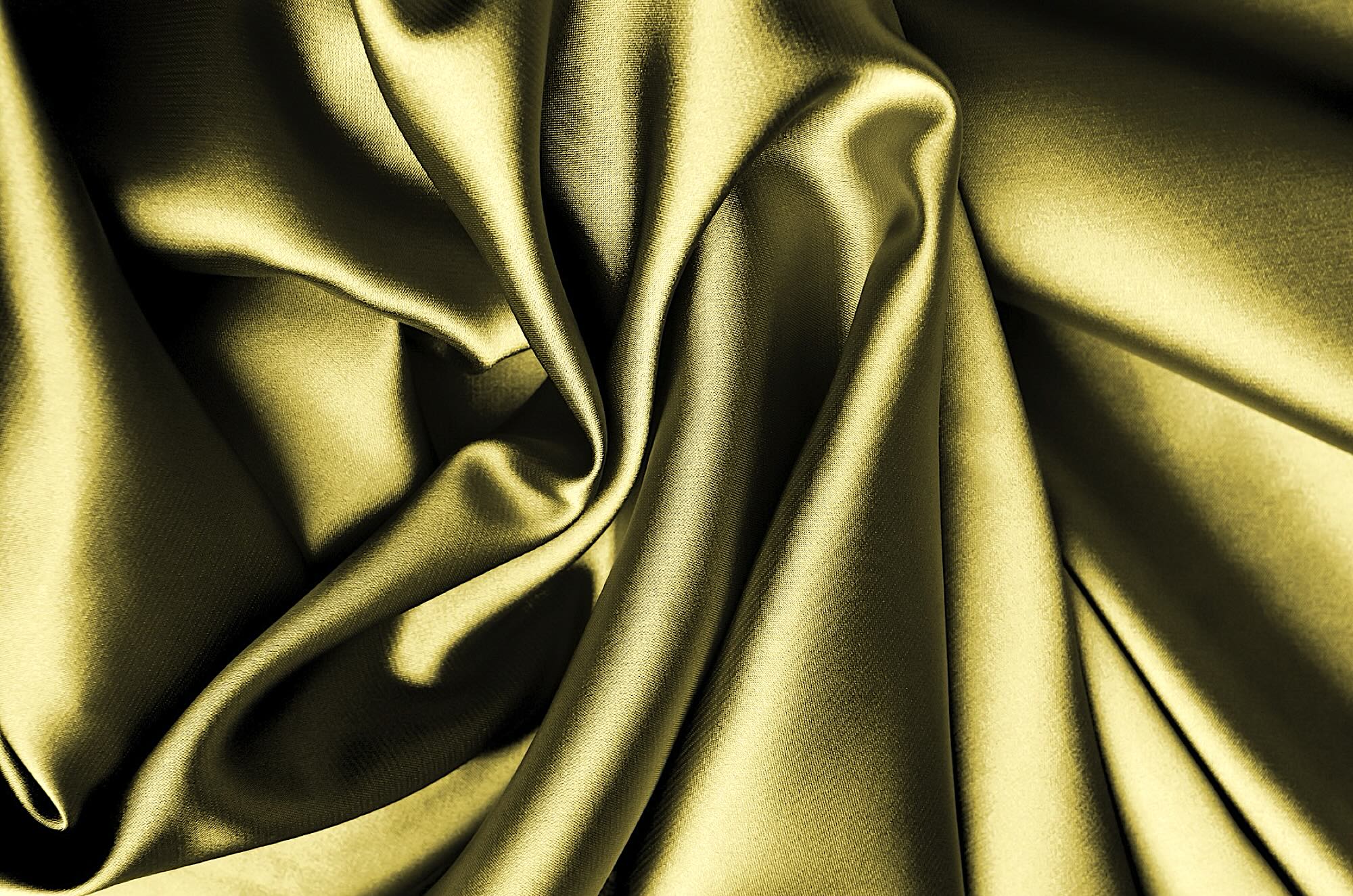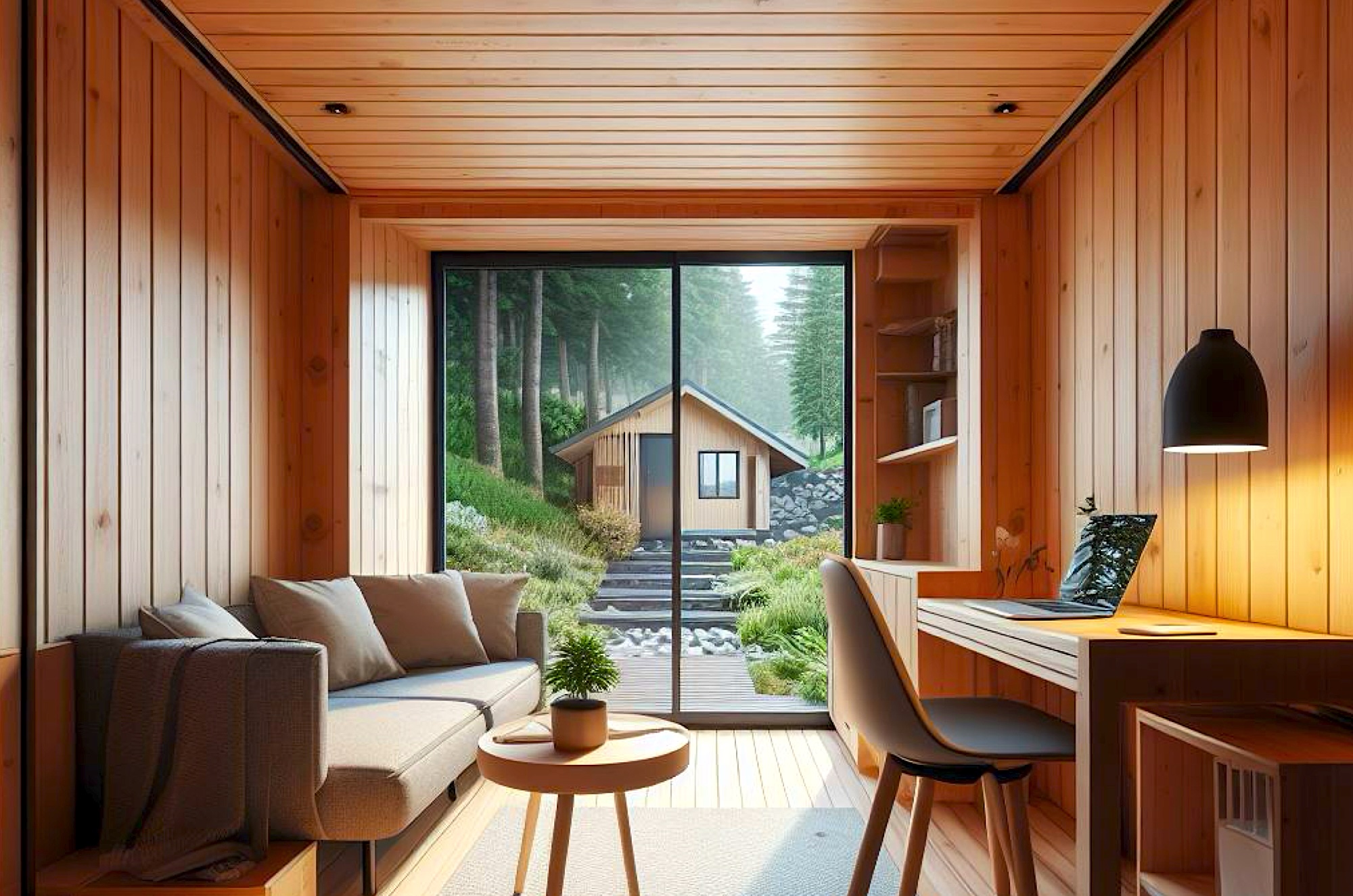Once reserved for high-end homes, quartz countertops are finding their way into more and more kitchens and bathrooms as brand offerings expand and the material becomes more accessible and affordable. A favorite premium countertop material by kitchen and bathroom designers, quartz is often confused with natural stone and solid surface countertop materials.
Like natural stone, quartz possesses a deep, rich appearance and a solid, rock-like feeling. Like solid surface, quartz has man-made additives that stabilize the material and eliminate natural stone’s unpredictability. Beyond that, quartz, also called engineered stone, is its own, unique material.
Common quartz characteristics
All quartz countertops, despite the brand, are derived from the Breton company’s original Bretonstone technology created over 50 years ago by Marcello Toncelli. Bretonstone technology and machines are licensed to 52 companies around the world. While licensees add their own flair and nuances, they are still working off of Breton’s original patent. Despite the brand, several qualities of quartz are the same.
Composition
Around 93% mineral content. The high degree of mineral content gives quartz its distinctive look and feel. By contrast, solid surface’s 66% mineral and 33% polymer content lends a silky, soapy feeling to the material.
Hardness
The process of creating quartz countertops saves the hardest mineral (quartz) and eliminates softer minerals and impurities. This means that quartz counters are harder and more durable than natural slab granite.
Water absorption rate
Quartz’s low water absorption rate of 0.5 percent is on par with another low porosity material—porcelain tile. If the material weighs less than half of 1 percent more as a result of water-absorbing into its surface, it is considered to be nonabsorbent.
Heat resistance
Quartz’s minerals are impervious to heat, but its synthetic binders are not. As Nancy Dalton of design firm Baywolf Dalton notes, “This material is not heat resistant. The binding materials will be damaged at high temperatures. Think hot fry pan. Some people think quartz is indestructible and that’s just not the case.”
Visible seams
Unless the countertop is small enough to be fabricated from a single slab, two slabs often need to be seamed together. Depending on the skill of the installer, this seam can be minimized but it will never be invisible.
Quartz design differences
Different quartz brands and product lines offer various features and material properties, from colors and styles to the available sizes of the raw material.
Design and edges
The range of designs is the single biggest difference among quartz brands. “Designs” is the industry shorthand for several qualities of the slab’s visual appearance: overall color, size, and shape of minerals, streaks, and striations. Edge profiles are built into the slab at the factory, not formed by the fabricator.
Slab size
Due to the need to seam quartz, it is better to use the largest slabs possible to minimize seams. As Dalton notes, “I like quartz and there are several differences beyond color and pattern. When I can specify a jumbo slab and avoid using two slabs for a project, it’s a win and cost savings.”
Warranty
All quartz brands come with a warranty. What differs is the length, limitations, and transferability of these warranties.
Price
As can be expected, prices vary among brands. Quartz slab prices are wholesale-only and are confined to the supply chain between manufacturer and approved dealer/installers. Much like purchasing an automobile, consumer quartz prices are negotiated with the dealer and are variable.
Questions about renovating your kitchen to sell your home? Contact one of our sales representatives today.
Article reposted from The Spruce: Quartz Countertops
